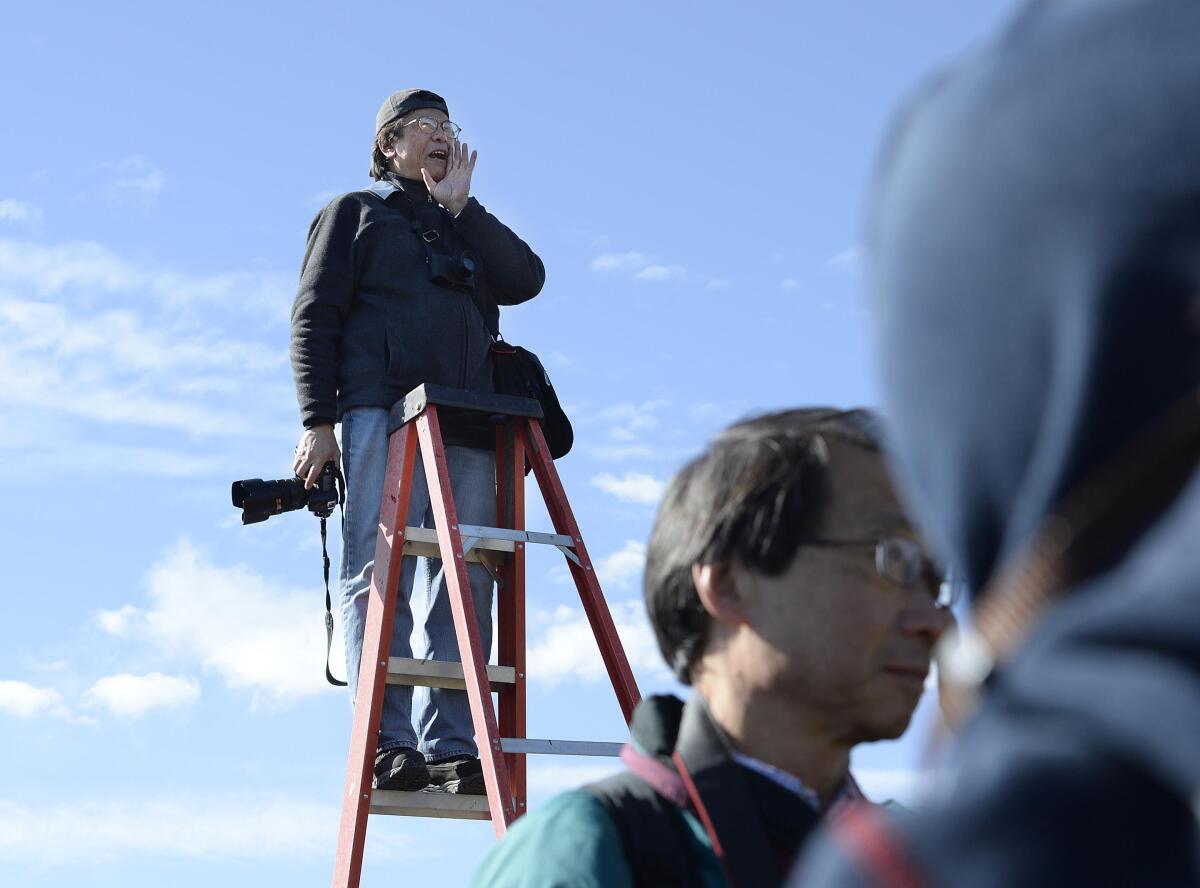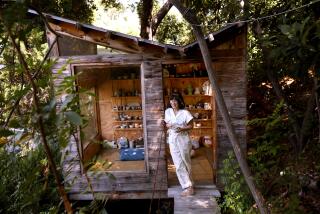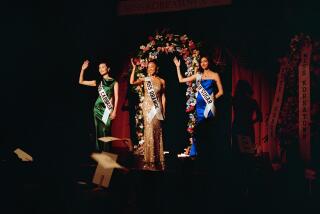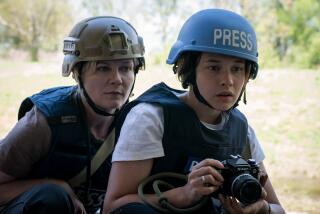Corky Lee, photographer who captured Asian America, dies while fighting COVID-19

Corky Lee, a photojournalist who spent five decades spotlighting the often ignored Asian and Pacific Islander American communities, has died while battling COVID-19. He was 73.
Lee died Wednesday in New York City’s Queens borough, his family said in a statement.
“His passion was to rediscover, document and champion through his images the plight of all Americans but most especially that of Asian and Pacific Islanders,” his family said.
The self-described “undisputed unofficial Asian American Photographer Laureate,” Lee used his eye to pursue what he saw as “photographic justice.” Almost always sporting a camera around his neck, he was present at many seminal moments affecting Asian America over a 50-year career.
He was born Young Kwok Lee in New York City to Chinese immigrant parents. He was the first child in his family to go to college, graduating from City University of New York’s Queens College.
A self-taught freelance photographer, Lee aimed his camera lens on a slew of subjects from anti-Vietnam war protests to police brutality. Over the years, his photos appeared in newspapers and magazines across the nation. Most recently, he was documenting anti-Asian racism brought on by the pandemic.
Lee was there when Asian Americans took to the streets to protest the lack of jail time for the killers of Vincent Chin, who was beaten to death in Detroit in 1982, a time when Japan was being blamed for the U.S. auto industry’s decline. The two laid-off white autoworkers who killed Chin — who was Chinese — assumed he was Japanese. They were convicted of manslaughter but got just three years of probation.
In 2017, Lee organized a vigil outside the Nevada home of one of Chin’s attackers.
Several of Lee’s photos were prominently featured in the recent PBS docu-series, “Asian Americans.” One of the series’ producers and a longtime friend, Renee Tajima-Pena, met Lee 40 years ago in New York. Even back then, he seemed to be everywhere, relentlessly trying to document Asian American events or just their daily lives.
“He considered his camera to be a sword wielded against stereotypes and injustice,” Tajima-Pena said in an email. “And so Corky’s left us with a lot of ammunition, because his photos years and decades later continue to arm us and tell our story as Asian Americans through our own lens.”
He was a fixture at the Museum of Chinese in America, where some of his photos are part of the museum’s permanent collection. He also showed up to photograph events big or small, said Herb Tam, the museum’s curator and director of exhibitions. But Lee wasn’t afraid to challenge the museum and its staff on what he thought they could do better and what stories they should feature.
“He was very demanding and rigorous as a friend of the museum. He was our toughest critic,” Tam said. “We took him seriously for sure. ... I think we’re better for it.”
An event that had an indelible influence on Lee’s desire for more Asian representation was the building of the Transcontinental Railroad. In previous interviews, Lee spoke of being in junior high and coming across a picture from the 1869 completion of the railroad in Utah. The famous “Champagne Photo” featured almost no Chinese workers, even though they made up the majority of the workforce.
In 2002, Lee gathered some of those laborers’ descendants in the same spot for a reenactment. More than a nice gesture, Lee felt the anniversary photograph was restoring Asians into the history of the country they helped build. He went on to re-create the photo on more than one anniversary.
Lee also believed in paying it forward to Asian American journalists following him. He was a founding member of the New York chapter of the Asian American Journalists Association. He is credited with helping raise more than $100,000 in scholarship funds through annual photo auctions.
Even while dealing with the virus, Lee couldn’t put the camera down, according to Tajima-Pena. A couple of weeks before his death, he shared a picture of all the flowers he had received while hospitalized in ICU.
“He was already a fixture during the 1970s,” she wrote, “and never stopped photographing.”
Lee is survived by a brother, John.
More to Read
Start your day right
Sign up for Essential California for the L.A. Times biggest news, features and recommendations in your inbox six days a week.
You may occasionally receive promotional content from the Los Angeles Times.






